Our designers’ interests aren’t confined to automotive design, although cars do seem play a large part! Their personal passions bring a breath of experiences and knowledge to the studio for all to benefit from.
Drive Automotive Design Consultancy
Drive international automotive design consultancy | Car design studio nr London | UK
INSIGHTS
Our Views & events

Autonomous Supercars – The race is on.
The race to produce the first production autonomous supercar is well and truely on.
READ MORE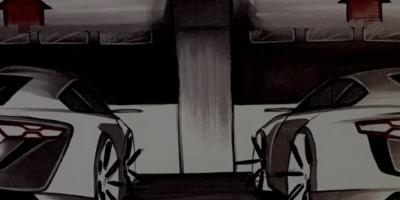
Art Direction and Story Boarding
At drive we have found that art direction and story boarding are often over looked by clients
READ MORE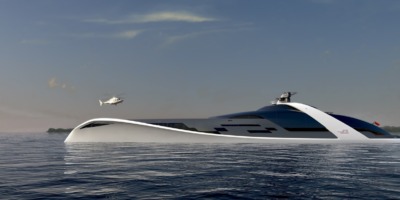
Superyacht animations and CG images
Drive often creates Super yacht animations and CG images for brokers and naval architects.
READ MORE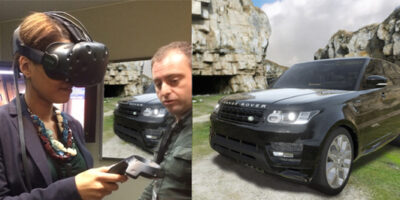
Virtual Reality and Augmented Reality Experiences
Virtual Reality and Augmented Reality Experiences demonstrated at our studio.
READ MORE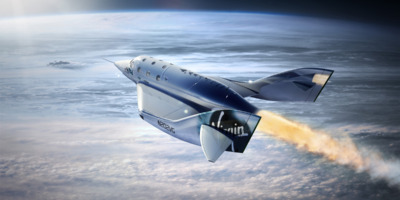
Virgin Galactic landing cgi visuals
Imagine positioning a camera when you don’t know where the subject is going to be.
READ MORE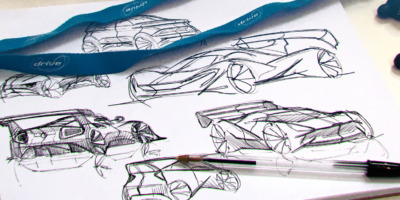
Coventry Automotive Design Drive Sketchbook Award Winne(...)
The Coventry Automotive Design Drive Sketchbook Award Winner Tom Hylton, was awarded his prize at at the Autom(...)
READ MORE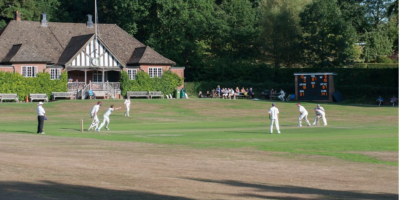
Local Cricket Club Near Me Brook Cricket Club
Brook Cricket Club based in Surrey GU8 5UJ is a friendly and welcoming club. Drive are a proud sponsor.
READ MORE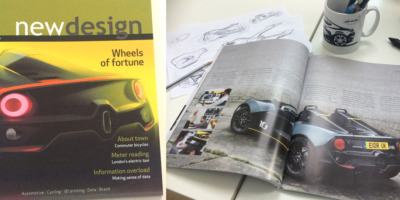
Car Design Studio
New Design magazine editor, Alistair Welch, visited car design studio Drive.
READ MORE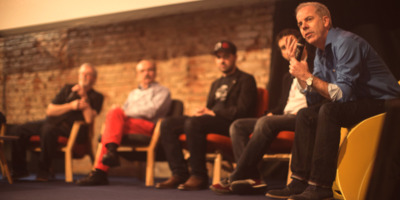
LinkedIn automotive designer discussions
LinkedIn has become an incredible database for automotive design personnel.
READ MORE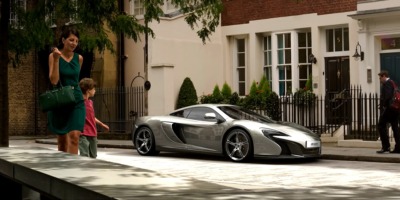
Creating a CGI car image for a brochure
McLaren Special Operations' marketing department commissioned us to produce a number of CGI car images for the(...)
READ MORE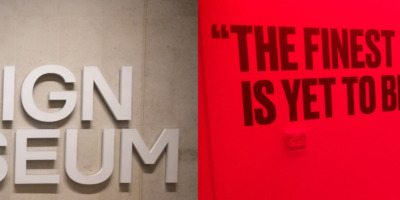
Italian Carrozzerias’ discussion at Design Museum
The Design Museum played host to a fascinating evening where Italy’s famous Italian Carrozzerias discuss(...)
READ MORE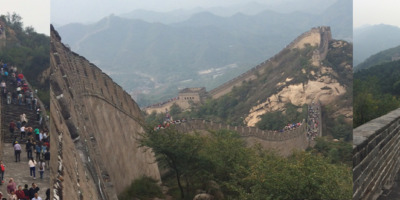
Understanding China car culture.
It is difficult to develop an understanding of China car culture without visiting and moving around the countr(...)
READ MORE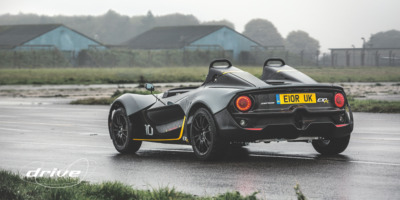
Zenos E10R Drive Limited Edition
It is a historic moment for Drive as the Drive Limited Edition Zenos E10R takes to the road carrying the drive(...)
READ MORE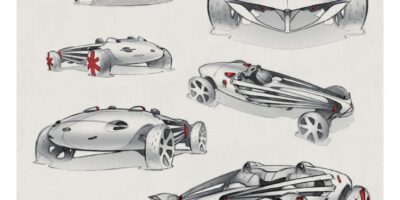
DRIVE SKETCHBOOK AWARD Winner Jordan Barnes
The Drive Sketchbook Award winner was revealed at Coventry University’s 2020 Automotive and Transportion(...)
READ MORE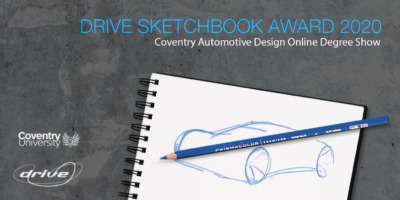
Drive Sketchbook Award – Coventry Automotive Desi(...)
The Coventry University Automotive and Transport Design Degree Show will showcase the talented designers gradu(...)
READ MORE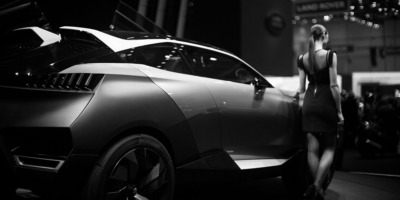
Motor show filming company
Drive’s are a specialist Motor show filming company providing filming and live production. If you woul(...)
READ MORE
Top Gear Track-tor
In the world of the design consultancy we are familiar with getting a wide variety of clients through our door(...)
READ MORE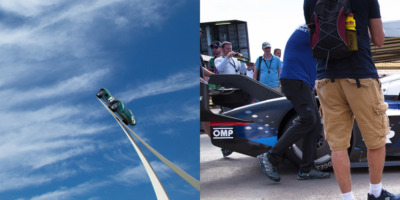
Goodwood Festival of Speed
The annual Goodwood Festival of speed never disappoints. Every year I think it has the potential to become the(...)
READ MORE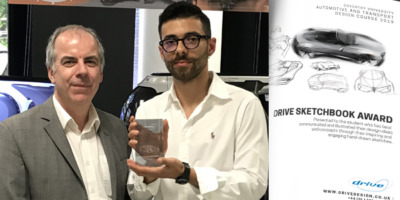
Drive Sketchbook Award – Coventry Automotive Desi(...)
The Coventry University Automotive and Transport Design Degree Show once again showcases the talented designer(...)
READ MORE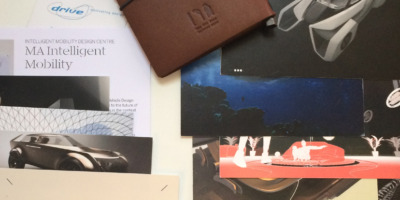
RCA Intelligent Mobility (formerly known as Automotive)(...)
This year’s Royal College of Art degree show is the first to show the work of the young designers gradua(...)
READ MORE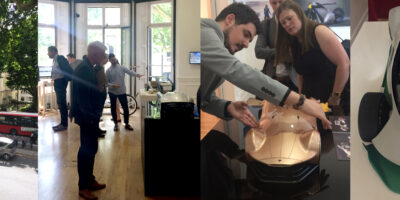
Royal College of Art Automotive Degree Show
This year’s Royal College of Art degree show is the last of the MA Vehicle Design course before it chang(...)
READ MORE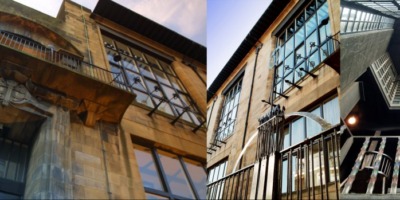
Glasgow School of Art
I can’t believe it has happened again, Heart breaking. This is my original article I wrote on 28th Ma(...)
READ MORE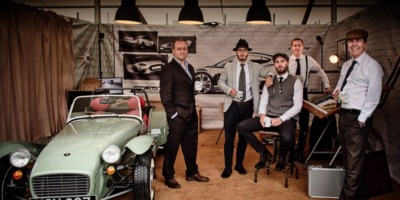
Drive Celebrates 20th Anniversary at Goodwood Revival
Drive is celebrating 20 years since it was established in September 1997 – to mark the event we had a Dr(...)
READ MORE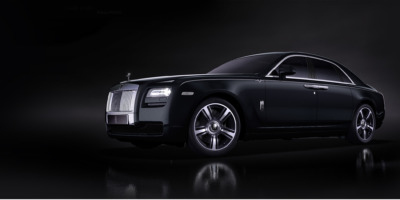
Rolls-Royce Motor Cars Ghost V-Specification
Drive were asked by Partners Andrews Aldridge agency to support them on producing an animation for the Rolls-R(...)
READ MORE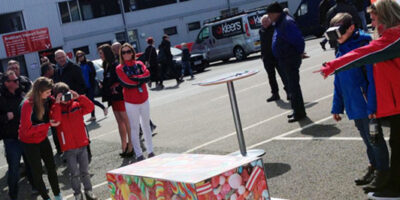
Drive develops Augmented Reality Experience for MG Motor UK
Drive developed an augmented reality experience App for car manufacturer MG Motor UK to showcase its latest SU(...)
READ MORE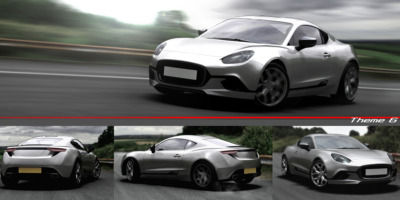
Designing for an iconic marque
With the Caterham C120 design being revealed in the Top Gear Magazine, here is the background to Drive’s(...)
READ MORE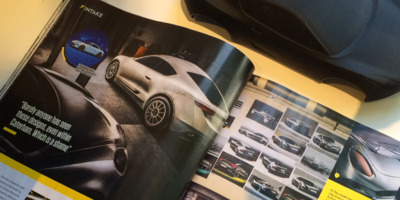
Top Gear Magazine reveals Caterham C120
In this months Top Gear magazine it is great to see Caterham Cars CEO Graham McDonald, showing off the C120 co(...)
READ MORE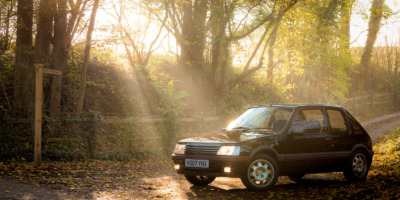
205 GTi – Still Turning Heads
A diversion on my commute with the low winter sun piercing through the beautiful early morning mist reminded m(...)
READ MORE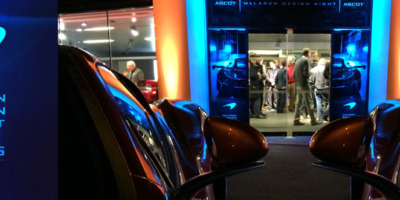
Engaging Design – McLaren Design Night
Engaging design was a very interesting presentation this week by the McLaren Automotive design studio, held at(...)
READ MORECall us to discuss your plans. 01483 211200
Where to find us
1 Rose Lane, Ripley
Woking, Surrey
GU23 6NE
